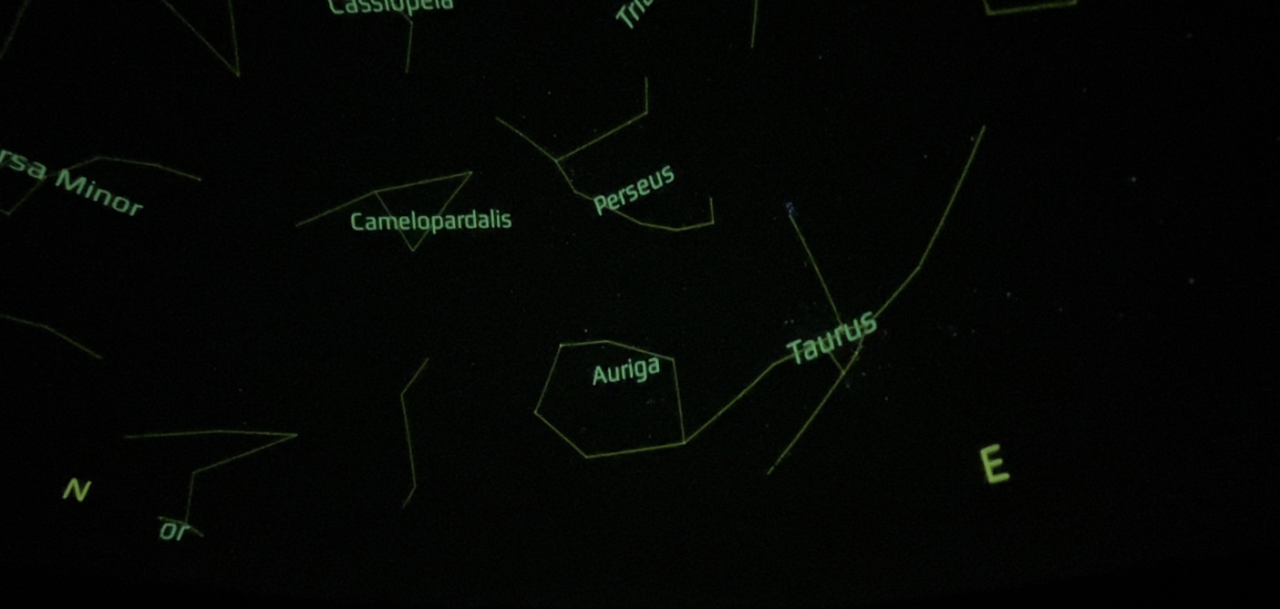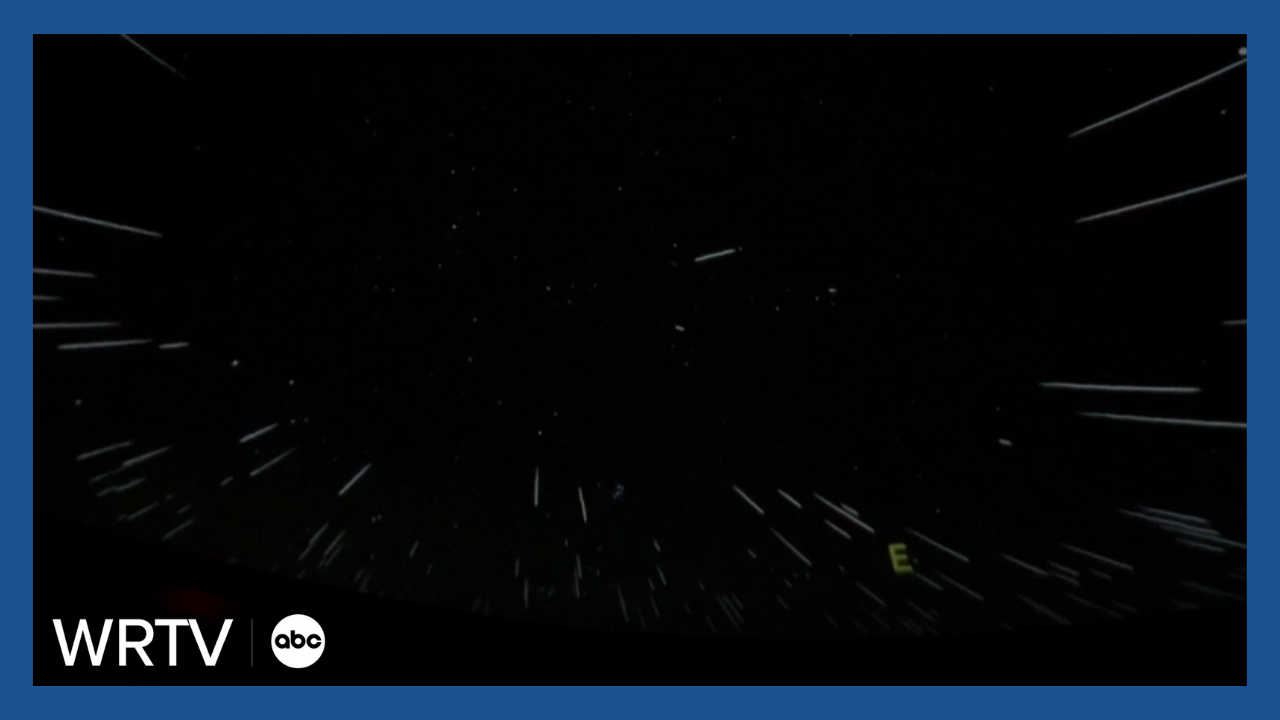INDIANAPOLIS — If you look up in the nighttime sky in August, you may catch a glimpse of the Perseid Meteor Shower.
"There's a comet that orbits the sun, called Comet Swift Tuttle. As it orbits the sun, it leaves behind a trail of debris," explained Dr. Aarran Shaw.
Dr. Shaw is the director of the Holcomb Observatory & Planetarium at Butler University.
When the debris following the comet enters Earth's atmosphere, it burns up. What we see from Earth is a meteor, commonly referred to as a shooting star.
August's event is one of the best meteor shower events of the year.
"There's two main meteor showers in the year that I like to get excited about," Dr. Shaw shared. "The Perseid, which is in August, is one of the most exciting."
Dr. Shaw shared two reasons why this particular shower is getting him excited.
"You can see up to 100 meteors per hour. It's August when the weather is usually nice, so it's very easy to kind of go and sit outside and stare at the sky for several hours."
Dr. Shaw added that part of the fun this month is that "you won't freeze."
How exactly do you see the meteors? Look for the constellation Perseus by looking northeast.
Dr. Shaw showed a map of all the constellations in the sky. He described finding Cassiopeia first, which is W-shaped, and sometimes easier to find than nearby Perseus.

"It will look like these meteors will be all emanating from that constellation," Dr. Shaw shared.
To find it, you won't need a telescope.
"Meteors are not easily viewable through a telescope. They cover such a huge area of the sky that your telescope, which has a really small field of view, won't really be able to catch anything," explained Dr. Shaw.
You do need a wide, open, dark area. Dr. Shaw suggests visiting a State Park, like Shades or Turkey Run.
Shades State Park is hosting a Perseid watch party event on August 16.
In Indianapolis, Grassy Creek Park also held a Meteor Shower Bash on August 12 for Hoosiers to gather and watch for meteors while enjoying space-themed crafts and snacks.
"There is lots of rural space out on the outskirts of Indianapolis that you can find some nice viewing space that's dark," encouraged Quinlin Malloy, the naturalist at Grassy Creek Park.
The Perseid Meteor Shower happens in August each year, as Earth runs into the comet's debris.
"The comet orbits the sun, leaves behind this trail of debris, and every August we pass through that trail," Dr. Shaw explained. "That's very predictable."
The peak is also predictable.
"We're passing through the thickest part of that debris field, and that's why we see the most meteors on that date."
The peak of the shower is August 12 and 13. If you don't get a chance to view them because of clouds, you can continue to watch for meteors through the month.
"Maybe go camping or something," Dr. Shaw encouraged. "You don't have to just be searching for meteors. You can look for the Milky Way, which is always beautiful to see at this time of year, or you can look for planets."
Dr. Shaw shared that the meteors may be most visible just before dawn.
This year, the peak of the meteor shower is happening close to the full moon, but Dr. Shaw thinks this would only obscure some of the fainter meteors.
"You might not even be able to see some of the fainter meteors, but it doesn't mean you won't see any meteors," he shared. "In fact, the ones that you will see will be the bright, impressive ones."
It's a pastime that excites all ages.
"It doesn't matter how old you are," Malloy shared with a grin. "That thrill that you get to have when you see a shooting star, of like, 'oh, I just saw one!'"





